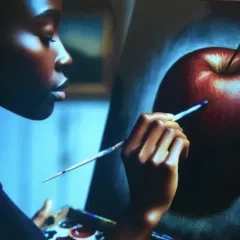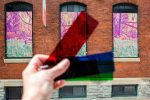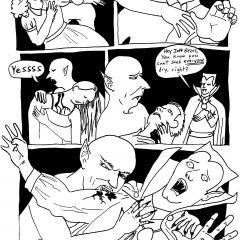Art fairs are not our favorite “thing”. But, we were in Seattle and the city was having its first large-scale contemporary fair, so we decided to go. Called the “Seattle Art Fair” (straightforwardly enough), it was spearheaded by Seattle-based Microsoft billionaire Paul Allen. Allen is a major art collector and purportedly observed that Seattle’s wealthier residents, especially those in the tech sector, were not investing enough of their interest or money in fine art.
First-inning impressions
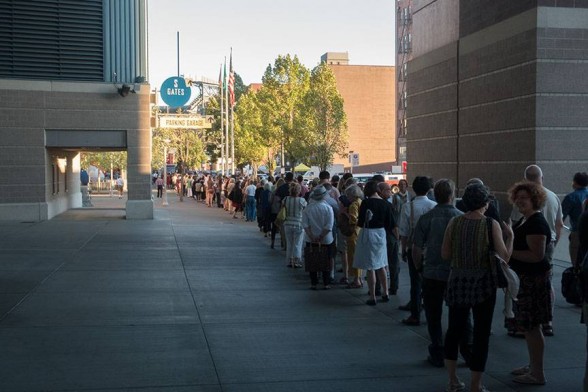
The turnout for opening night was quite impressive. The entry line stretched for more than a block. The venue was a bit odd: the CenturyLink Field Event Center, which sits in the shadow of CenturyLink Field, where a Seattle Mariners evening game was in progress, literally over our heads. The Patron VIPs ($150 per ticket) were just leaving as we and most of Seattle’s art community were entering (many of us with free passes that had been liberally distributed via area arts groups).
It looked pretty much like any other art fair we’ve seen, with some of the same work that had been at Art Miami New York in May. The participating galleries came mostly from the West Coast or from New York, and Seattle galleries were a major presence.
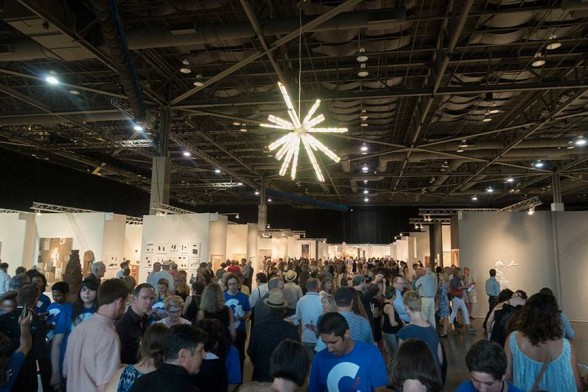
Pros, cons, and continuing collaborations
On the positive side, all the proceeds from the Patron reception (with $30,000 guaranteed) will be pumped into Seattle’s nonprofit arts sector via Seattle’s Artist Trust. The fair energized the entire regional arts scene, at least for the weekend. The principle arts neighborhood, Pioneer Square, is very close to the fair venue, and all of the galleries, commercial and noncommercial alike, stayed open extra hours and featured special exhibitions. A large show of the 2015 Trust Fellowship recipients was presented at Galvanize Gallery, and there was a survey of the region’s hottest artists called “Out of Sight” (quite controversial for how it was organized and publicized).
On the negative side, there are characteristics of contemporary art fairs that cause us to have simultaneous feelings of resignation and anger. These were in full evidence in Seattle. The fair was little more than a department store of art objects, stripped of their context and easily acquirable. Brand names, technical novelty and an easy fit into decor were the salient features of most of the works on display. Perhaps intentionally, it was clearly art for beginners, and beginners with minimal knowledge and poor taste to boot. The United States has never excelled in arts education for the general public; funding cutbacks and realignments in education continue to marginalize it ever further.
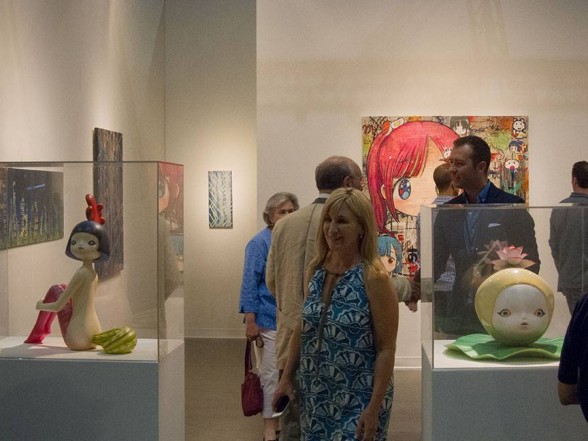
Thankfully, we had seen works with some intelligence, critical relevance, and creative flair earlier in the day at some of the Pioneer Square galleries. Among the most stimulating were the works being exhibited in the same kind of artist collective spaces that have been enlivening the Philadelphia scene. The nonprofit galleries Method, Soil, and Punch stood out. Among the commercial galleries, Greg Kucera had an especially good exhibition of naive and self-taught artists, and also some good work in its back rooms (with Bill Traylor and Bill Walton providing a Philadelphia connection).
Interestingly, Soil Gallery will be collaborating with Philadelphia’s own Tiger Strikes Asteroid on an exhibition exchange during the next two years.
For more information on Paul Allen’s role in launching the Seattle Art Fair, see here.
Virginia Maksymowicz is a sculptor and teaches in the Art & Art History Department at Franklin & Marshall College. You can see her work in the upcoming Pope Up Show at Globe Dye Works.
Blaise Tobia is a fine art photographer, teaching in the Art & Art History Department at Drexel University. Their joint website is at tandm.us. They run the TandM space gallery, 319 N. 11th St., 4th floor.


